Technique Safety

What is the proper breathing technique while running ?
Proper breathing technique is crucial for runners to improve performance, reduce fatigue, and prevent injuries. Diaphragmatic breathing involves taking deep breaths using the diaphragm muscle for efficient oxygen exchange. Rhythmic breathing matches breathing rhythm to stride pattern, promoting even and consistent breathing. Nasal breathing warms and humidifies air, but mouth breathing can be used when necessary. Relaxation and good posture are also important for optimal breathing mechanics. Incorporating these techniques into your running routine can enhance your overall running experience.
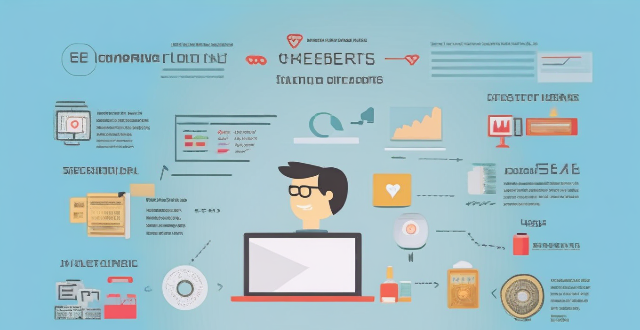
What is the Pomodoro Technique and does it really work for enhancing focus ?
The Pomodoro Technique is a time management method designed to improve focus and productivity. It involves working for 25 minutes followed by a short break, with longer breaks after every four Pomodoros. The technique aims to enhance concentration, manage time effectively, reduce procrastination, and boost overall productivity. However, its effectiveness can vary based on individual adaptability and workflow.

How often should safety drills be conducted in the workplace ?
Regular safety drills are essential for maintaining a safe workplace. The frequency of these drills depends on the type of emergency and local regulations, but they should be frequent enough to keep employees prepared and confident in their ability to handle emergencies. Best practices for safety drills include creating realistic scenarios, encouraging employee involvement, gathering feedback, and documenting each drill.

Can you provide examples of different types of safety drills ?
Safety drills are essential exercises designed to prepare individuals and organizations for emergencies. They help ensure that everyone knows what to do in case of an unexpected event, reducing the risk of injury or loss of life. Here are some examples of different types of safety drills: 1. Fire Drills: Alerting occupants of the building by sounding alarms, guiding them to exit routes and assembly points, ensuring that all areas are cleared, conducting a headcount to account for all individuals. 2. Earthquake Drills: "Drop, Cover, and Hold On" procedure to protect oneself from falling objects, evacuating the building only if it is safe to do so, knowing how to turn off utilities like gas and water to prevent further damage. 3. Active Shooter Drills: Knowing the "Run, Hide, Fight" strategy, how to report an active shooter situation to authorities, safe evacuation techniques without drawing attention to oneself. 4. Chemical Spill or Hazmat Incident Drills: Proper use of personal protective equipment (PPE), safe evacuation procedures, reporting the incident to emergency services, decontamination procedures for those who may have been exposed. 5. Medical Emergency Drills: Basic Life Support (BLS) and CPR techniques, use of automated external defibrillators (AEDs), first aid kit usage and management of injuries until professional help arrives.

How do safety regulations affect the manufacturing industry ?
Safety regulations are critical in manufacturing for worker safety, environmental protection, and product quality assurance but can increase costs and administrative burden while potentially slowing innovation.
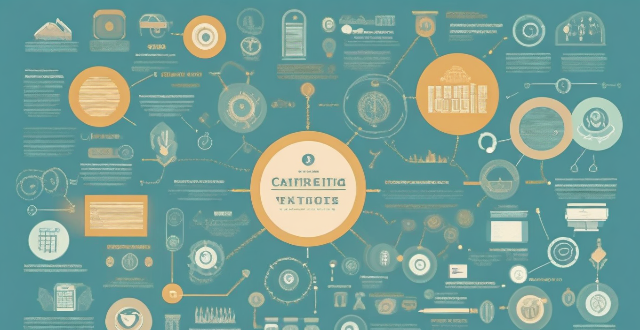
What are some common tools and techniques used in risk management ?
Risk management is a process that involves identifying, assessing, and prioritizing potential risks. There are various tools and techniques used in risk management, including brainstorming, Delphi method, checklists, qualitative and quantitative assessment, risk matrix, cost-benefit analysis, avoidance, reduction, transference, acceptance, continuous monitoring, and audits. These tools and techniques help organizations and individuals manage risks effectively and make informed decisions.

How can I improve my breathing technique while swimming ?
Improving your breathing technique while swimming is crucial for better performance and endurance. Understand basics, practice proper rhythm, use core muscles, work on exhalation, do dryland training, visualize success, and seek professional guidance to enhance breathing and overall swimming skills.

Is strength training safe for beginners ?
Strength training is a form of exercise that can provide numerous benefits, including increased muscle mass and strength, improved bone density, better body composition, reduced risk of injury, and enhanced athletic performance. However, it is essential to take safety measures to prevent injuries from improper technique or overexertion. Before starting any new exercise program, consult with a healthcare professional to ensure that you are healthy enough to participate. Start slowly and gradually increase intensity, focus on proper technique, warm up and cool down properly, and listen to your body. By following these tips, beginners can safely start strength training and enjoy its many benefits while minimizing the risk of injury.

How can parents effectively teach their children about safety ?
Teaching children about safety is crucial for their well-being. Parents can effectively teach their children about safety by establishing clear rules, educating them about potential dangers, practicing safety drills, encouraging open communication, and modeling safe behavior. By doing so, children will develop awareness and the ability to protect themselves from potential dangers.

What are some common mistakes people make when learning to swim ?
When learning to swim, common mistakes include forgetting to breathe properly, tensing up too much, not using proper technique, and overestimating abilities. To avoid these mistakes, focus on deep breathing exercises, relaxing your body, seeking guidance from a qualified instructor, and staying within your comfort zone. With patience, practice, and proper technique, beginners can improve their skills and enjoy a safer and more enjoyable swimming experience.

What safety measures are in place on cruise ships ?
Cruise ships implement various safety measures to ensure the well-being of passengers and crew, including muster drills, life-saving equipment, fire safety systems, medical facilities, security personnel, emergency response plans, navigation systems, and regular maintenance checks.

How can technology be used to enhance child safety education ?
Technology can significantly enhance child safety education through various strategies such as interactive learning applications, virtual reality experiences, online safety courses, wearable devices, and social media engagement. These tools not only make learning fun and engaging but also provide practical, real-world simulations that help children develop essential safety skills. By utilizing these modern methods, we can equip the younger generation with the knowledge and confidence needed to stay safe in a rapidly changing world.
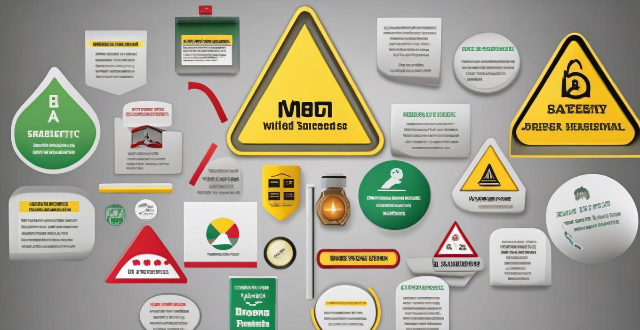
What is the importance of using standardized safety symbols and colors on safety signs ?
Using standardized safety symbols and colors on safety signs is crucial for promoting a safe working environment. These signs convey clear, concise information to employees, visitors, and emergency responders about potential hazards and necessary precautions. The importance of these symbols and colors in enhancing safety awareness and reducing accidents will be discussed in this response.

What are the most common workplace safety hazards ?
The most common workplace safety hazards include slips, trips, and falls, fires and explosions, electrical hazards, chemical exposure, repetitive strain injuries (RSIs), noise-induced hearing loss (NIHL), violence and harassment, and ergonomic hazards. Employers should conduct regular risk assessments and provide appropriate training and personal protective equipment (PPE) to mitigate these hazards. Employees should report any potential hazards to their supervisors and participate in safety meetings and training sessions.

How does proper handwashing technique prevent the spread of germs ?
Proper handwashing is a simple yet effective way to prevent the spread of germs. It involves using soap and water to clean your hands thoroughly, especially before eating or preparing food, after using the restroom, and after being in contact with someone who is sick. The key points on how proper handwashing technique can help prevent the spread of germs include: - Wet your hands with clean, running water (warm or cold), turn off the tap, and apply soap. - Lather your hands by rubbing them together with the soap. Be sure to lather the backs of your hands, between your fingers, and under your nails. - Scrub your hands for at least 20 seconds. Need a timer? Hum the "Happy Birthday" song from beginning to end twice. - Rinse your hands well under clean, running water. - Dry your hands using a clean towel or air dry them. By following these steps, you can effectively remove dirt, viruses, and bacteria from your hands, which can help prevent the spread of germs that cause infections like the common cold and flu. Additionally, proper handwashing technique can also help prevent the spread of more serious illnesses such as COVID-19, Ebola, and norovirus.
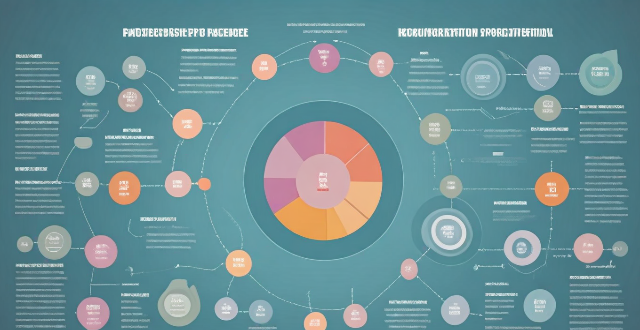
What are the legal requirements for workplace safety ?
Legal requirements for workplace safety include compliance with occupational health and safety laws, implementation of a health and safety management system, provision of personal protective equipment (PPE), reporting of injuries and illnesses, and employee participation in health and safety decisions. These measures ensure the well-being of employees and protect the company from potential legal liabilities.

How do safety drills help identify potential hazards in the workplace ?
Safety drills are crucial exercises to simulate and identify potential hazards in the workplace. They help highlight weak links in safety procedures, test equipment and infrastructure, enhance visibility of hazardous areas, train for unexpected circumstances, and promote a culture of safety. By conducting regular drills, organizations can reduce accidents and ensure a safer environment for employees.

How can we measure the success of a safety drill ?
The article discusses the importance of evaluating safety drills to improve emergency response and preparedness. Key factors to consider include compliance with safety procedures, participant engagement, effectiveness of communications, availability and functionality of equipment and resources, and overall performance. By measuring the success of a safety drill, organizations can identify areas for improvement and ensure that their employees are well-prepared to handle emergency situations effectively.
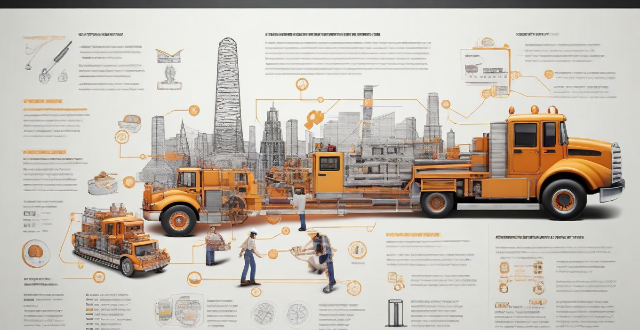
What are the consequences of ignoring safety standards in construction work ?
Ignoring safety standards in construction work can lead to severe consequences, including risk to human life, project delays, financial losses, reputation damage, legal implications, environmental impact, and public safety concerns. Adhering to these standards is crucial for the well-being of all involved parties and the success of the project.

What are some common safety hazards that children should be aware of ?
Children should be aware of various safety hazards to ensure their well-being, including stranger danger, traffic rules, water safety, fire safety measures, electrical safety, choking hazards, falls and injuries, poisonous substances, internet safety, and natural disasters. They should know how to identify potential threats and take appropriate precautions to prevent accidents or injuries.

What are some effective strategies for teaching water safety to children ?
Water safety is an essential skill that every child should learn, especially during the summer months when they are more likely to be around water. Here are some effective strategies for teaching water safety to children: Start early, set clear rules, use visual aids, practice makes perfect, role playing, stay close and supervised, teach risk assessment, and be a good example.

Can you explain the Occupational Safety and Health Administration (OSHA) safety regulations ?
The text provides an introduction to OSHA safety regulations, which are enforced by the United States' federal agency, Occupational Safety and Health Administration. The goal of these regulations is to ensure safe and healthy working conditions for employees. The text covers several topics including: 1) General Duty Clause, which requires employers to provide a workplace free from recognized hazards; 2) Specific Standards, which cover various topics such as electrical wiring and equipment, hazardous chemicals and substances, and fire prevention and protection; 3) Recordkeeping, which requires employers to maintain accurate records of work-related injuries and illnesses; 4) Inspections, which are conducted by OSHA compliance officers to ensure compliance with safety regulations; and 5) Training and Education, which are provided by OSHA to help employers and employees understand their rights and responsibilities under safety regulations. The text concludes that OSHA safety regulations are essential for ensuring employee health and safety in the workplace, and employers must comply with these regulations to avoid legal consequences and create a safe working environment for their workers.

How can we improve road safety in our community ?
Road safety is a crucial aspect that requires collective efforts from all stakeholders. Here are some ways to enhance road safety: education and awareness, infrastructure improvements, enforcement of laws, technological advancements, community involvement, and collaboration with stakeholders. By implementing these strategies, we can create a safer environment for everyone.
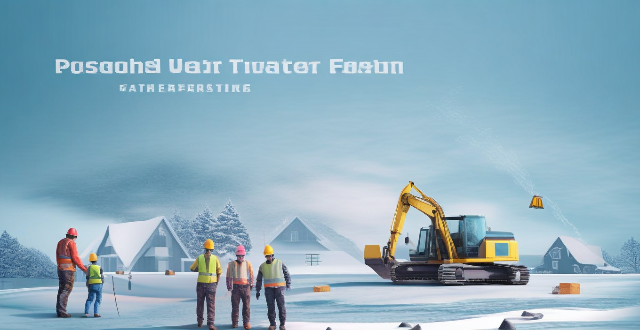
How do weather conditions affect building safety during construction ?
The text discusses the impact of various weather conditions on building safety during construction. It highlights the risks associated with extreme heat, cold weather, rain and water, strong winds, snow and ice, and lightning and thunderstorms. The conclusion emphasizes the importance of monitoring weather forecasts and adjusting working procedures to ensure worker safety.

How do safety regulations impact the healthcare industry ?
Safety regulations in the healthcare industry are essential for ensuring patient safety, protecting healthcare professionals, and promoting compliance and quality assurance. These regulations cover various areas, including infection control, medication safety, medical device safety, workplace safety, mental health support, accreditation and certification, and legal and ethical considerations. Proper implementation of these regulations helps minimize risks, foster a culture of safety and excellence, and ultimately provide high-quality care to patients.

How does temperature control affect food safety ?
This text discusses the impact of temperature control on food safety, emphasizing the risks associated with improper temperature management and the benefits of maintaining appropriate temperatures. It highlights the danger zone for bacterial growth, spoilage due to mold and yeast, and toxin production from bacteria. The article also outlines best practices for temperature control in refrigeration, freezing, cooking, reheating, handling, and storage to ensure food safety.

What are the consequences of drunk driving on traffic safety ?
Drunk driving has serious consequences for traffic safety, including slowed reaction time, impaired judgment, reduced attention span, increased risk of serious injuries or fatalities, and legal consequences. It is essential to avoid driving under the influence of alcohol to ensure the safety of all road users.
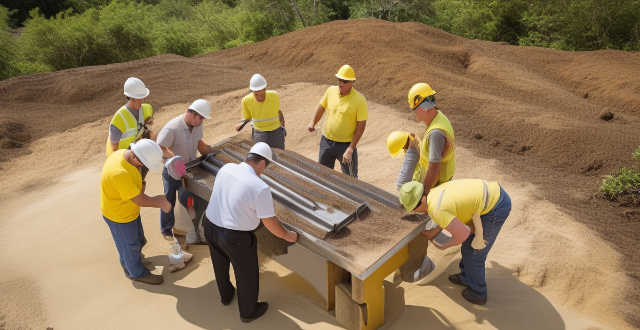
What is a safety drill and why are they important ?
A safety drill is a crucial practice session that simulates emergency situations to prepare individuals and organizations for potential emergencies by practicing evacuation procedures, using safety equipment, and following established protocols. Safety drills are important for several reasons: they familiarize people with emergency procedures, identify weaknesses in current plans, ensure compliance with regulations, maintain readiness, and promote a culture of safety.
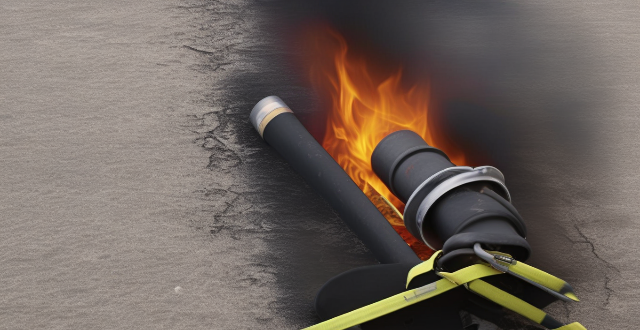
Are there any safety precautions I should take when using a fire extinguisher ?
Using a fire extinguisher safely involves understanding its type, assessing the fire, applying the PASS technique, maintaining safety, and properly recharging or disposing of it after use.

What is the relationship between climate variability, pest outbreaks, and food safety ?
Climate variability can lead to increased pest populations, impacting food safety through contamination, physical damage, and toxin production. Effective monitoring, integrated pest management, and adaptation strategies are crucial to address these challenges.